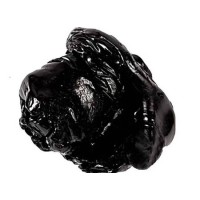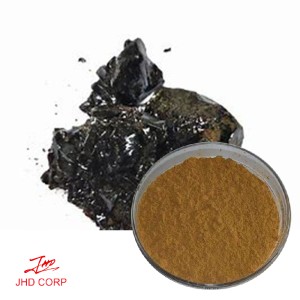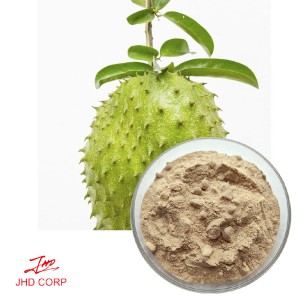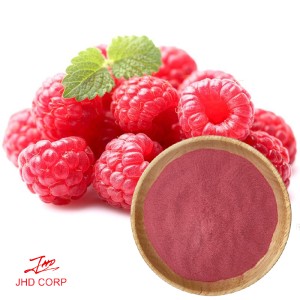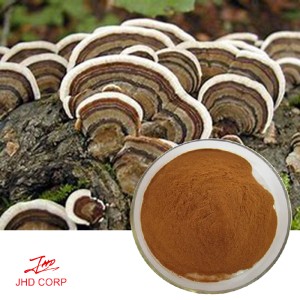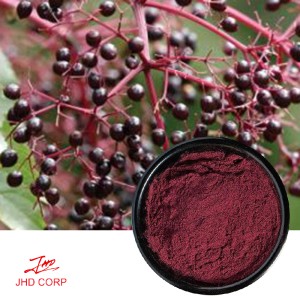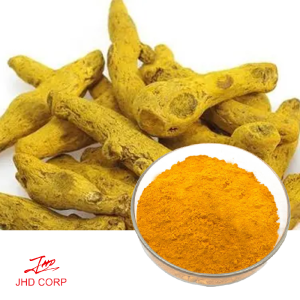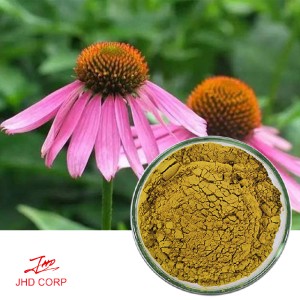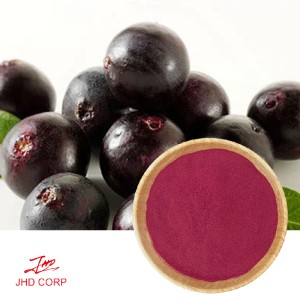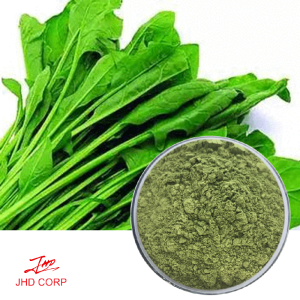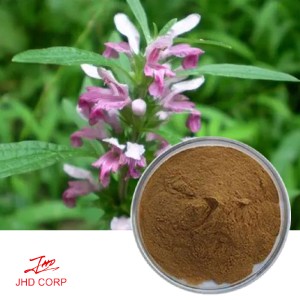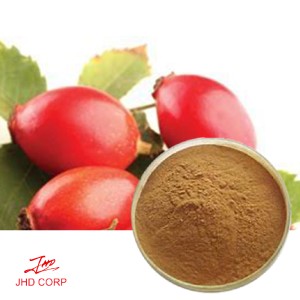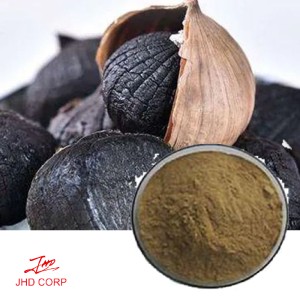Shilajit extract vs. shilajit resin, which one is better absorbed?
For those seeking a traditional, unprocessed product, resin may be ideal. However, if standardized dosing and ease of use are priorities, shilajit extract could be more suitable.
Shilajit, a natural substance found primarily in the Himalayan region, has been used for centuries in traditional medicine due to its potential health benefits. Rich in fulvic acid, minerals, and bioactive compounds, shilajit is often marketed in two primary forms: extract and resin. While both forms contain the core components of shilajit, they differ in composition, processing, and absorption potential. So, which one is better absorbed by the body?
Understanding Shilajit Extract and Shilajit Resin
Shilajit Resin
Shilajit resin is the purest and least processed form of shilajit. It is a sticky, tar-like substance that retains most of its natural compounds. Resin is often considered the most authentic form of shilajit because it undergoes minimal processing, preserving its bioactive components. However, its sticky texture can make it less convenient to use.
Shilajit Extract
Shilajit extract is a more refined version of the substance. It is typically processed to isolate specific active compounds like fulvic acid while removing impurities and non-essential components. Extracts are often available in powder or capsule form, making them easier to consume and store.
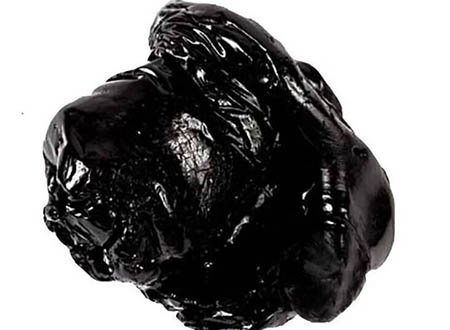
Absorption and Bioavailability
The ability of the body to absorb shilajit depends on its bioavailability—the extent to which its active compounds can be absorbed and utilized. Here’s how the two forms compare:
1. Purity and Bioactive Content
Shilajit resin is often regarded as more potent because it contains a full spectrum of natural compounds, including fulvic acid, humic acid, and trace minerals. These compounds work synergistically to enhance absorption. However, the resin's raw nature means its composition can vary depending on the source and quality.
In contrast, shilajit extract typically contains standardized levels of fulvic acid, ensuring consistency in dosage. While this targeted approach may enhance certain benefits, it could limit the synergistic effects found in the resin.
2. Processing and Absorption
The minimal processing of shilajit resin helps retain its natural structure, which may improve absorption for those seeking a holistic product. However, because it contains impurities and other non-essential components, some users may find it harder to digest or less bioavailable.
On the other hand, shilajit extract fulvic acid is processed to remove impurities, making it more digestible for some individuals. The standardized formulation also allows for predictable absorption rates, which can be advantageous for those sensitive to raw substances.
3. Convenience and Consistency
Resin requires careful handling and precise dosing due to its sticky texture and variable potency. This can make it challenging to achieve consistent absorption. Extracts in capsule or powder form are more convenient and often come with clear dosage guidelines, which may lead to better absorption for users who prefer ease of use.
Ultimately, the choice of shilajit resin vs. extract depends on individual preferences and health goals. For those seeking a traditional, unprocessed product, resin may be ideal. However, if standardized dosing and ease of use are priorities, shilajit extract could be more suitable. As with any supplement, consulting a healthcare professional before use is recommended to ensure safety and efficacy.


